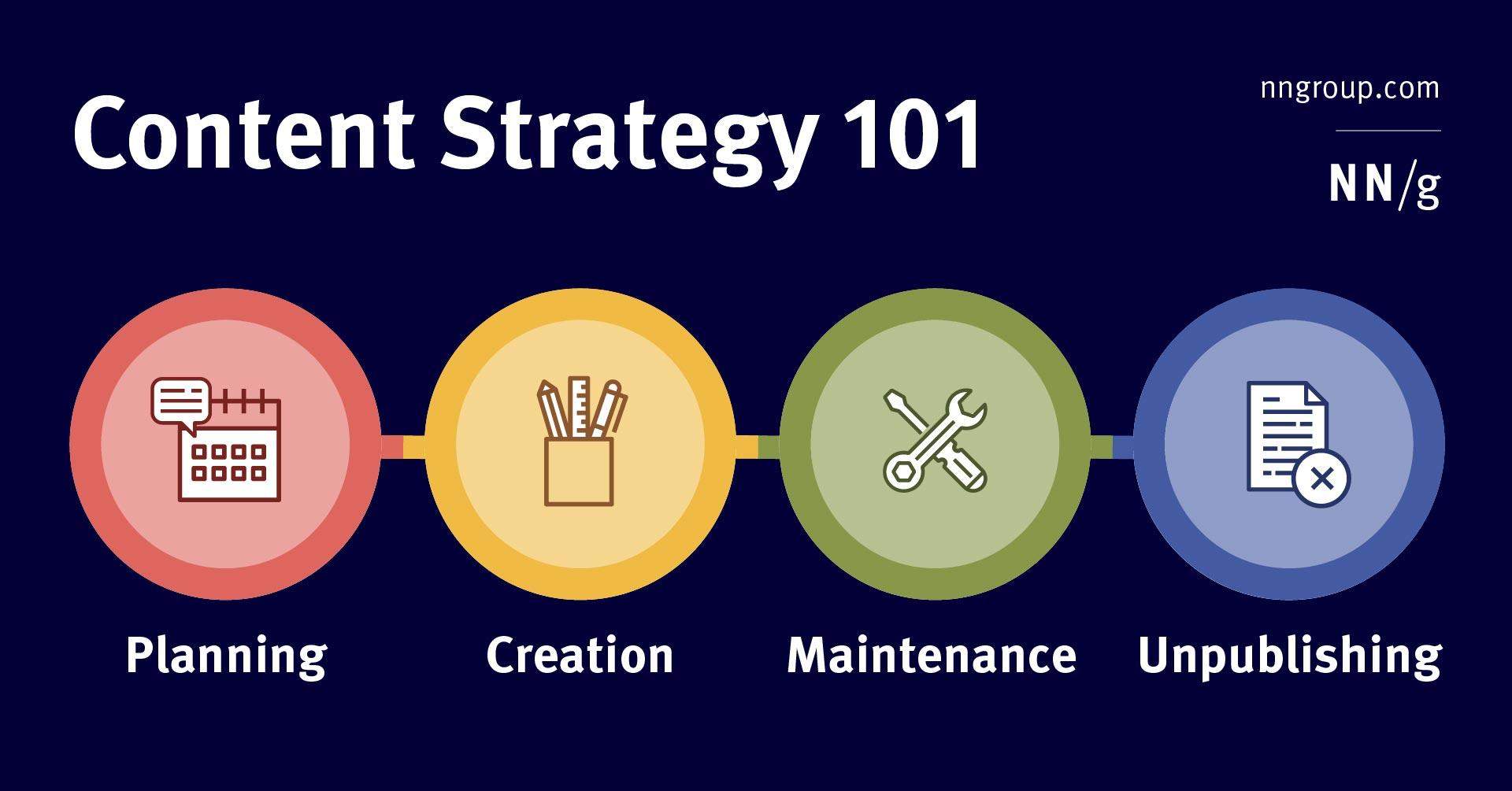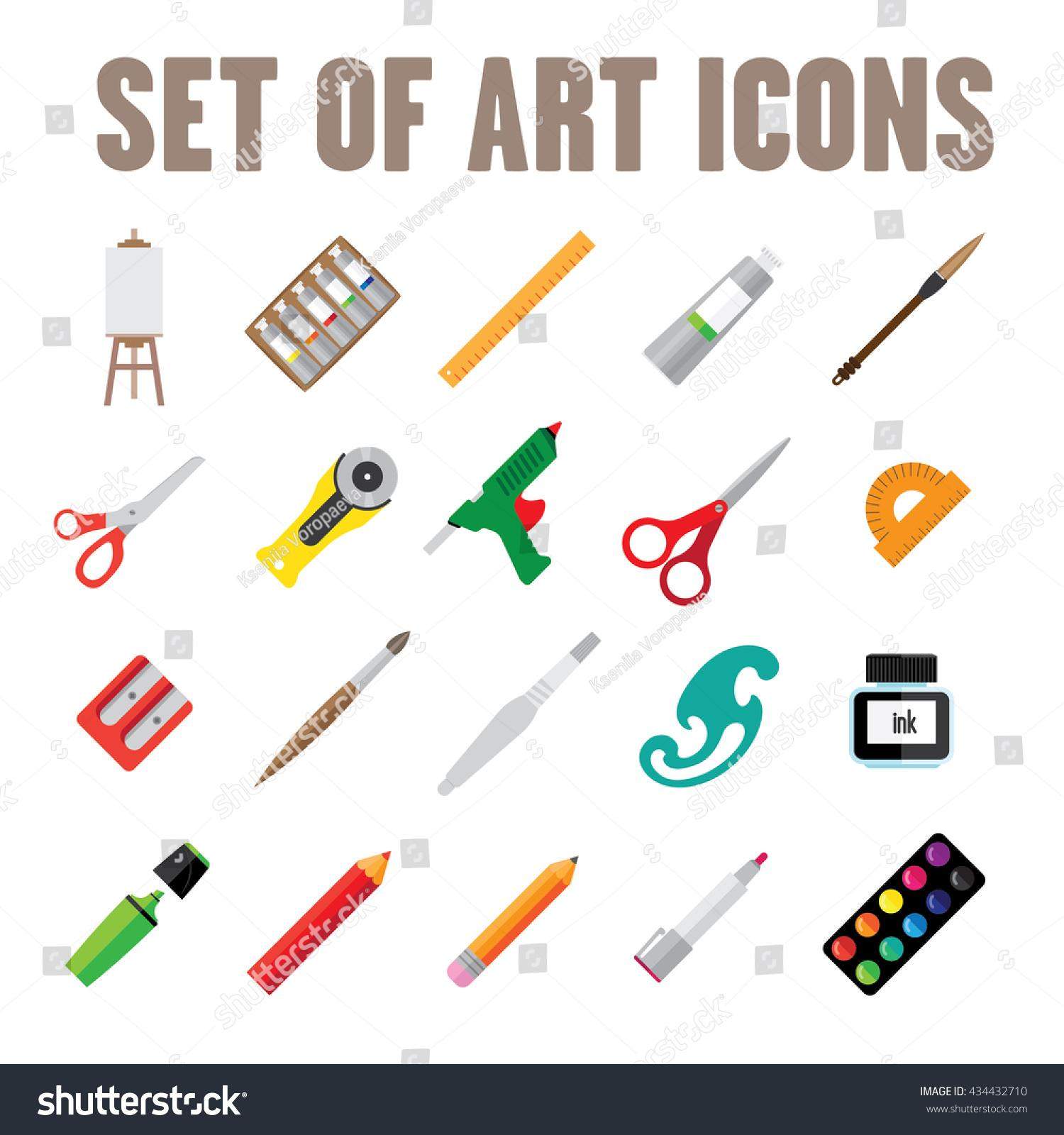In today’s digital landscape, a well-crafted content strategy is the backbone of successful engagement and brand recognition. Whether you’re a seasoned marketer or just starting out, understanding the essential components of a winning strategy can propel your content from merely existing to truly resonating with your target audience. In this listicle, we’ll delve into four crucial elements that serve as the foundation for any effective content strategy. You’ll discover how to harness audience insights, create compelling narratives, optimize your distribution channels, and measure your success. By the end, you’ll not only appreciate the intricate tapestry of content strategy but also acquire actionable tips to elevate your own efforts. Let’s embark on this journey to unlock the secrets behind impactful content!
1) Audience Understanding: Knowing your audience is the bedrock of a successful content strategy. By diving deep into their demographics, preferences, and pain points, you can create content that resonates and engages, ensuring you meet their needs while fostering brand loyalty
Understanding your audience goes far beyond basic demographics; it involves digging into the nuances of their interests and emotional triggers. By analyzing factors such as age, location, and online behavior, you can gather insights that inform your content creation process. This allows you to tailor your messaging to strike a chord with your target audience. Moreover, consider conducting surveys or using analytics tools to uncover what truly motivates your audience. The more intimately you know their preferences and pain points, the more effectively you can create content that not only attracts but also retains their attention.
Creating a content roadmap based on audience insights can significantly enhance engagement. Below is a simple overview of key elements you should consider when developing content tailored to your audience:
| Element | Description |
|---|---|
| Demographics | Age, gender, location, and income level. |
| Interests | Topics that resonate with your audience. |
| Challenges | Common problems your audience faces. |
| Goals | Aspirations or benchmarks your audience aims to achieve. |
By leveraging this data, your content can become a valuable resource rather than just another voice in a crowded market, fostering a sense of community and loyalty among your followers.

2) Clear Objectives: A content strategy without clear objectives is like setting sail without a destination. Establishing specific, measurable goals gives your content direction and purpose, whether it’s driving traffic, increasing engagement, or generating leads
In the realm of content strategy, clearly defined objectives act as the North Star for your campaigns. Without these guiding goals, your efforts may flutter aimlessly, leading to confusion and wasted resources. By establishing specific and measurable objectives, you create a roadmap that directs all content initiatives. Consider focusing on critical elements such as:
- Driving Traffic: Aim for increased website visitors through targeted SEO techniques and promotional efforts.
- Increasing Engagement: Foster a deeper connection with your audience by encouraging comments, shares, and interactions.
- Generating Leads: Implement strategies that not only attract but also convert your audience into potential customers.
To make sure your content effectively achieves these goals, leverage the SMART framework—ensuring objectives are Specific, Measurable, Achievable, Relevant, and Time-bound. This approach transforms vague aspirations into actionable plans. The following table outlines how to set SMART objectives for your content strategy:
| Objective | SMART Criteria |
|---|---|
| Increase website traffic | Specific: 30% increase; Measurable: Google Analytics; Achievable: Historical data; Relevant: Audience growth; Time-bound: Within 6 months |
| Boost engagement | Specific: 15% more comments; Measurable: Social media metrics; Achievable: Current interaction levels; Relevant: Community building; Time-bound: Over the next quarter |
| Generate leads | Specific: 100 new leads; Measurable: CRM tracking; Achievable: Recent conversion rates; Relevant: Sales growth; Time-bound: In 3 months |

3) Consistent Branding: Consistency in branding across all content platforms creates a cohesive identity that your audience can recognize and trust. From visual elements to tone of voice, ensuring that your content aligns with your brand values builds credibility and enhances your overall message
To establish a memorable and recognizable presence, your branding must be consistent across all platforms. This consistency not only pertains to visuals, such as logos, colors, and fonts, but extends to the tone of voice used in your messaging. When your audience encounters your brand, whether on social media, your website, or email newsletters, they should feel a sense of familiarity that reinforces your identity. This can be achieved by adhering to a style guide that defines your brand’s personality and visual language, ensuring all team members and content creators are aligned.
Moreover, reinforcing your brand’s core values is essential in building trust and credibility. To illustrate this, consider the following elements that contribute to a cohesive branding strategy:
| Element | Description |
|---|---|
| Visual Identity | Consistent logos, colors, and typography across all channels. |
| Messaging | A unified tone of voice that reflects your brand’s personality. |
| Content Themes | Recurring topics and themes that resonate with your audience. |
| Engagement Approach | Consistent interaction style, whether friendly, professional, or authoritative. |
By ensuring that these elements align, you not only create a strong, coherent image but also elevate your brand’s credibility in the eyes of your audience. Remember, a well-established identity fosters trust and encourages engagement, making your content strategy much more effective in the long run.

4) Data-Driven Insights: Leveraging analytics and performance metrics allows you to refine your content strategy continually. By understanding what works and what doesn’t, you can make informed decisions to optimize your efforts, ensuring that your content remains relevant and impactful
In the world of content creation, relying on intuition alone is no longer sufficient. By harnessing the power of analytics and performance metrics, you can uncover valuable insights that help shape a more focused content strategy. Understanding user behavior through data allows you to identify trends, engage with your audience more meaningfully, and ultimately refine your content approach. Utilizing tools such as Google Analytics or social media insights can help clarify which pieces resonate best with your audience, allowing you to strategically focus your efforts on high-performing topics. A/B testing can further fine-tune this process, ensuring your content remains both relevant and appealing.
To achieve continuous improvement, adopt a framework for regularly collecting and analyzing data. Consider integrating these key metrics into your routine evaluations:
| Metric | Purpose |
|---|---|
| Page Views | Gauge content popularity and reach. |
| Engagement Rate | Assess how well your audience interacts with your content. |
| Conversion Rate | Measure effectiveness in driving desired actions. |
| Bounce Rate | Identify content relevancy and user retention. |
By systematically evaluating these metrics, you can pivot your content strategy on what truly works. This approach fosters adaptability, empowering you to remain proactive in the ever-changing digital landscape while ensuring that your efforts yield maximum impact.
In Conclusion
In the ever-evolving landscape of digital communication, crafting a successful content strategy is both an art and a science. As we’ve explored the four essential elements—understanding your audience, setting clear goals, embracing versatility, and leveraging analytics—you now have the foundational tools to elevate your content game.
As you embark on this strategic journey, remember that flexibility and adaptation are key. The digital world shifts rapidly, and staying attuned to trends and feedback will keep your content relevant and engaging.
So, take a moment to reflect on these elements, make them your own, and pave the way for content that not only informs but resonates. With these essentials in your toolkit, you’re ready to craft a winning strategy that captures attention and drives meaningful results. Happy creating!




